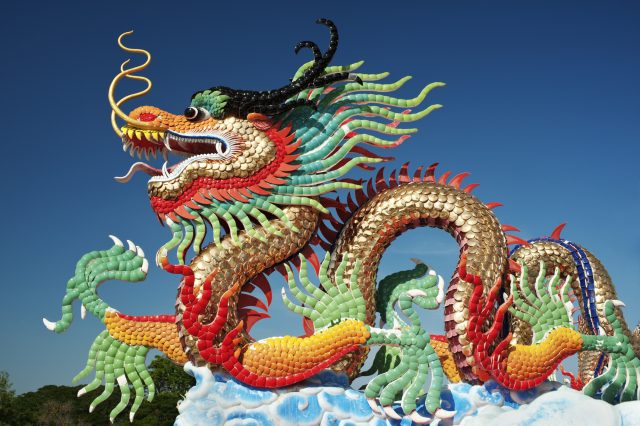How does Lunar New Year impact the secondary wine market?
Lunar New Year celebrations are fast approaching, and fine wine marketplace Liv-ex has detailed which bottles and regions are surging ahead of the year of the Wood Dragon.

Asia’s secondary market is often impacted by the Chinese zodiac. The impact of this takes two forms: either in a surge in people buying wines from previous vintages of the same sign, or wines relating to the zodiac sign of the new lunar year.
Corresponding vintages
Saturday 10 February 2024 will mark the beginning of the year of the Wood Dragon.
The last four Dragon years were 2012, 2000, 1988 and 1976, and on Liv-ex, Asian buyers have accounted for 19.8% of total buyers for wines from these vintages in the last three months, almost double the proportion of the previous three months.
The most popular 2012 wines among Asian buyers in 2023 include:
Château Lafite Rothschild (market price £5,850 per case)
Domaine de la Romanée-Conti, Romanée-Conti Grand Cru (£248,000)
Château Latour (£4,500)
Château Pavie (£2,550)
Château Rayas (£11,144)
Buying habits across Asia’s fine wine market have also seen a shift, extending beyond Bordeaux. Wines from the Rhône, a particularly popular region in Singapore, and Burgundy accounted for some of the most bought by Asian customers from the last Dragon vintage.
Partner Content
Bar Hong Kong, where Bordeaux wines remain the most widely purchased, the region has been overtaken in terms of trade by value in most Asian regions. Burgundy is the region’s new darling, aside from Champagne which is favoured in Japan.
Olly Lawson, senior account manager for Asia at Liv-ex, told the drinks business: “In recent years, there has undoubtedly been an explosion of interest in Burgundy across the rest of Asia’s fine wine markets, largely due to those markets becoming more mature, made up of connoisseurs and deeply informed (and deeply pocketed) collectors.
Lawson explained that Burgundy’s rarity, exclusivity and nuance has a “particular appeal in Asia, and the wines themselves often pair especially well with Asian food given their delicacy and softer tannins”.
This is at odds with the global market, where Bordeaux reigns supreme. According to Liv-ex, total trade since the start of the year has been dominated by Bordeaux, the region accounting for almost 50% of total trade by value. Bordeaux’s success comes at the expense of Champagne and Burgundy, which have dropped down to 13.5% and 5.9% of trade respectively, and Tuscany’s trade share has surged to 19.1% of the total.
Dragon wine
Château Beychevelle is often associated with dragon years in the Chinese zodiac, due to its name. The French word ‘Beychevelle’ derives from the phrase ‘baisse voile’ meaning ‘lowered sails’, as reflected in the Château’s emblem.
The story goes that ships sailing on the Gironde past the estate in the 16th century would lower their sails as a sign of respect to the estate’s owner, the Duc d’Epernon, a French admiral. The wine’s label depicts a ship with the head of a griffon, thus the association with the dragon.
Related news
Castel Group leadership coup escalates
For the twelfth day of Christmas...
Zuccardi Valle de Uco: textured, unique and revolutionary wines




